
Judging time and temperature in baking is more an art than a science -- it varies depending on many factors, including how many dishes you have in the oven. That said, although two dishes cook more slowly than one, they need only a few more minutes to cook and not double the time. Understanding how foods cook in the oven helps you to use all the means at your disposal when deciding how long to bake foods.
Feeling the Heat Directly
During baking, hot oven air collides with the cool food you just added to the oven in a process called conduction. With just one dish in the oven, you have the maximum amount of space for hot air molecules to move about and contact the food. When you add two dishes, one dish blocks the heat molecules from hitting the other dish, thus slowing down the cooking process and forcing you to give the foods a few more minutes of cooking time.
Waves of Heat
In addition to the heat transferred to food by the air in your oven, the oven's walls, floors and heating elements transfer infrared radiation, also called electromagnetic radiation, which is absorbed by foods, which in turn become hotter themselves. As with conduction, one dish blocks the radiation from reaching the second dish and decreases the amount of heat the food absorbs. In addition to giving the food a few more minutes to cook, rotate the cooking dishes to help the foods cook evenly.
Complications in the Oven
Your oven's cooking quirks will affect the way your two dishes cook. Many ovens have hot spots, so the two dishes may actually be cooking at different temperatures. Rotating the dishes for this reason will help the foods cook more evenly. To check if your oven does have hot spots, place slices of bread on a cookie sheet and bake them at 350 degrees Fahrenheit for five or six minutes. You may see that some slices are darker than others, indicating an oven hot spot.
Use Your Senses
While two dishes will take a few minutes more to cook at the same time, you can't just set a timer to five minutes. Instead, follow the recipe's physical clues. For example, cake recipes may call for the edges of the cake to separate from the pan, to be golden-brown, for a toothpick inserted in the cake to come out clean or for a slight indentation to be left when you press on the dough.
Related Articles

How to Bake on Two Racks at Once

Baking Vs. Roasting in Convection Ovens
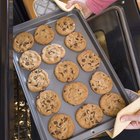
What Causes Uneven Baking in Cookies?

How to Use an Indoor Electric Grill

How to Use a Probe Cooking Thermometer

How to Make Sure That Foods Cook Evenly ...

How to Conserve Natural Gases

How to Bake With a Roaster

How to Prepare Food With an Electric ...

How to Calculate Portions
How to Cook in Tabletop Convection Ovens

Can You Cook Dessert & Dinner in the ...
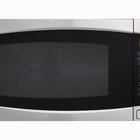
How to Convert Stovetop Recipes to ...
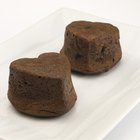
What Is a Souffle Dish?

How to Counteract the Bitter Taste of ...
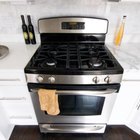
Bagel Bites Heating Instructions

Number of Times Food Can Be Reheated

The Difference Between a Chafing Dish & ...
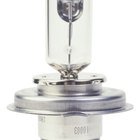
How to Cook With a Halogen Oven

What Is Charbroiling?
References
- What Einstein Told His Cook 2; Robert L. Wolke
- Cooking Light: The Most Common Cooking Mistakes
Writer Bio
Susan Lundman began writing about her love of cooking, ingredient choices, menu planning and healthy eating after working for 20 years on children's issues at a nonprofit organization. She has written about food online professionally for ten years on numerous websites, and has provided family and friends with homemade recipes and stories about culinary adventures. Lundman received her M.A. from Stanford University.
Photo Credits
Jupiterimages/Stockbyte/Getty Images